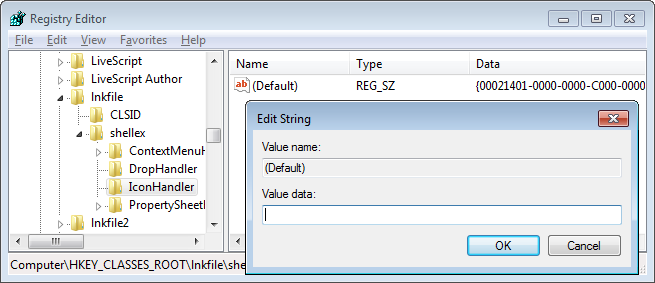Microsoft patches .LNK vulnerability after 2010 patch was found to be incomplete.
Mention Stuxnet and you’ll have many a security researcher’s attention. The worm, which was discovered in 2010, used a number of zero-day vulnerabilities to reach its target: air-gapped
Windows
PCs at the Natanz nuclear plant in Iran. Most prominent among these was
CVE-2010-2568
, which allowed an attacker to execute remote code through a specially crafted .LNK file.
The vulnerability could be triggered by plugging an infected USB drive into a vulnerable PC, thus allowing an attacker to bridge air gaps. Researchers from
Kaspersky
have since
found
that the same exploit was used by the ‘Equation Group’ even before Stuxnet.
Microsoft
patched
the vulnerability in August 2010, but earlier this year researchers from
HP
‘s
Zero Day Initiative
discovered
that the patch was insufficient and still left an attack surface open.
The vulnerability was privately disclosed to
Microsoft
, who in yesterday’s Patch Tuesday release,
patched
this vulnerability, while
HP
published a lengthy
blog post
with full details on this new vulnerability. It has been assigned CVE number CVE-2015-0096.
Chances are you don’t run a nuclear plant. That doesn’t mean you shouldn’t patch this vulnerability though: the original vulnerability is still
widely used
by malware to trick an unpatched
Windows
PC into executing malicious libraries.
For the more paranoid, it is good to note that while the 2010 patch didn’t fully solve the issue (and, speaking to
Ars Technica
,
HP
‘s Brian Gorenc said “it’s hard to believe that somebody didn’t know about this bug prior to it being patched today”), the workaround provided by
Microsoft
back in 2010 would have prevented further exploitation. It may still be a good idea to apply it on critical systems as its only impact is that shortcut icons will not be displayed.

The work around involves disabling .LNK files from having their icons displayed.
This isn’t the only reason to apply
Microsoft
‘s patches though: no fewer than five out of the 14
bulletins
are rated ‘critical’, while another bulletin patches the
FREAK
vulnerability. For those who prefer their security information in audio format, Johannes Ullrich’s excellent daily
ISC Stormcast
podcast provides a
brief summary
of the important issues.
On the subject of
Stuxnet
, I can’t recommend Kim Zetter’s book
Countdown to Zero Day
highly enough. I reviewed it for this blog
last year
.
Posted on 11 March 2015 by
Martijn Grooten
Leave a Reply